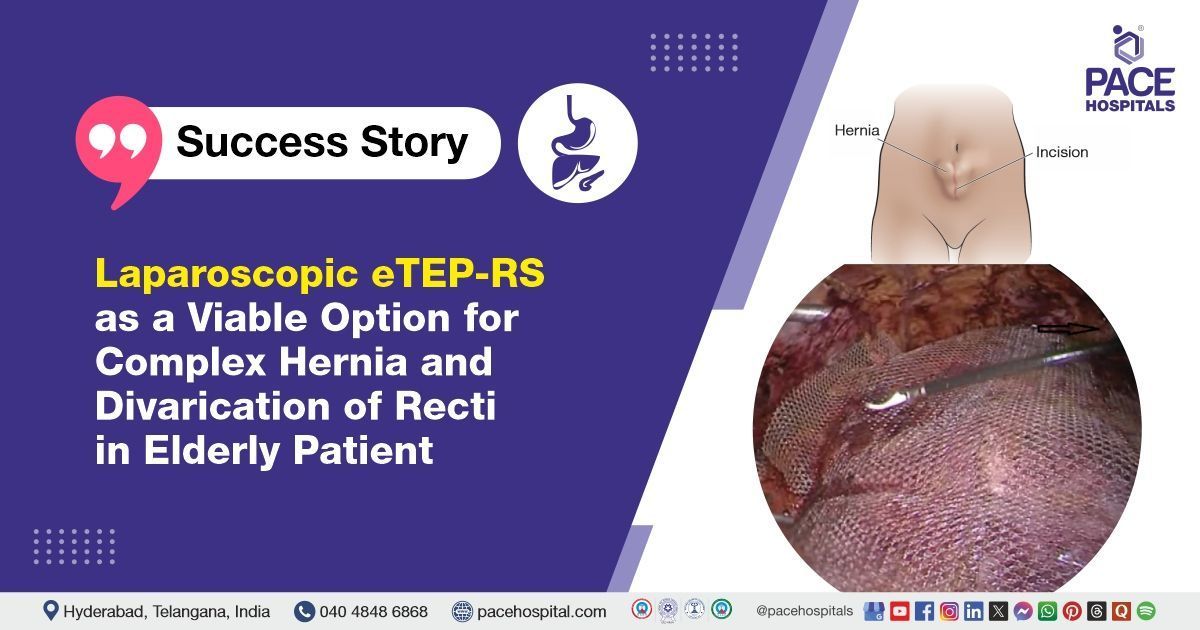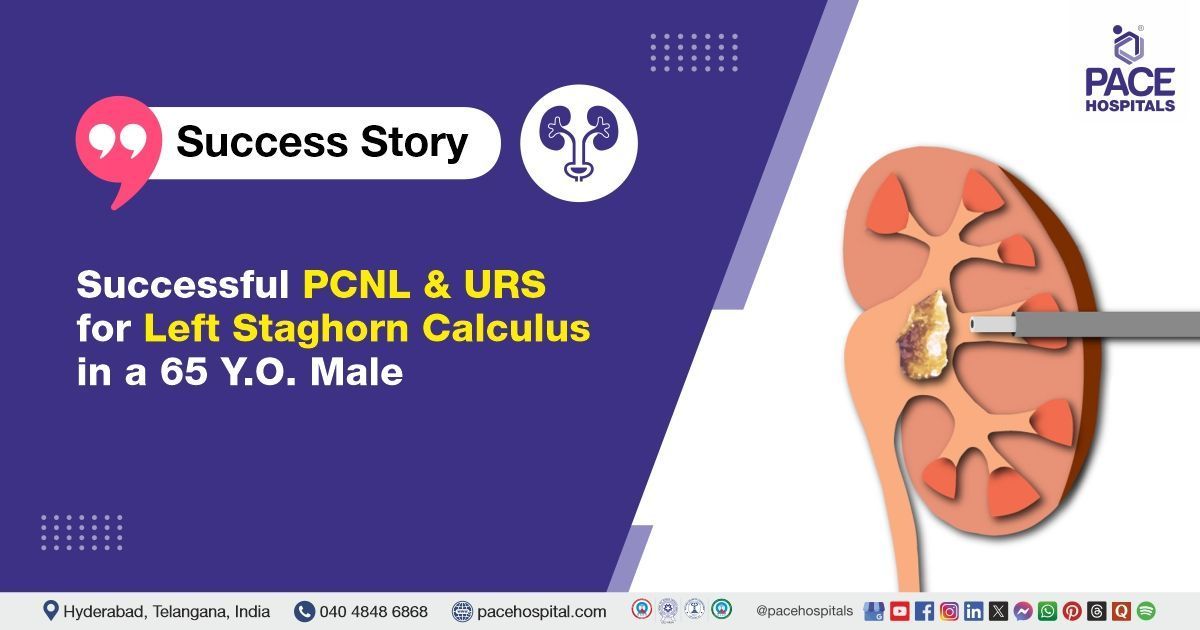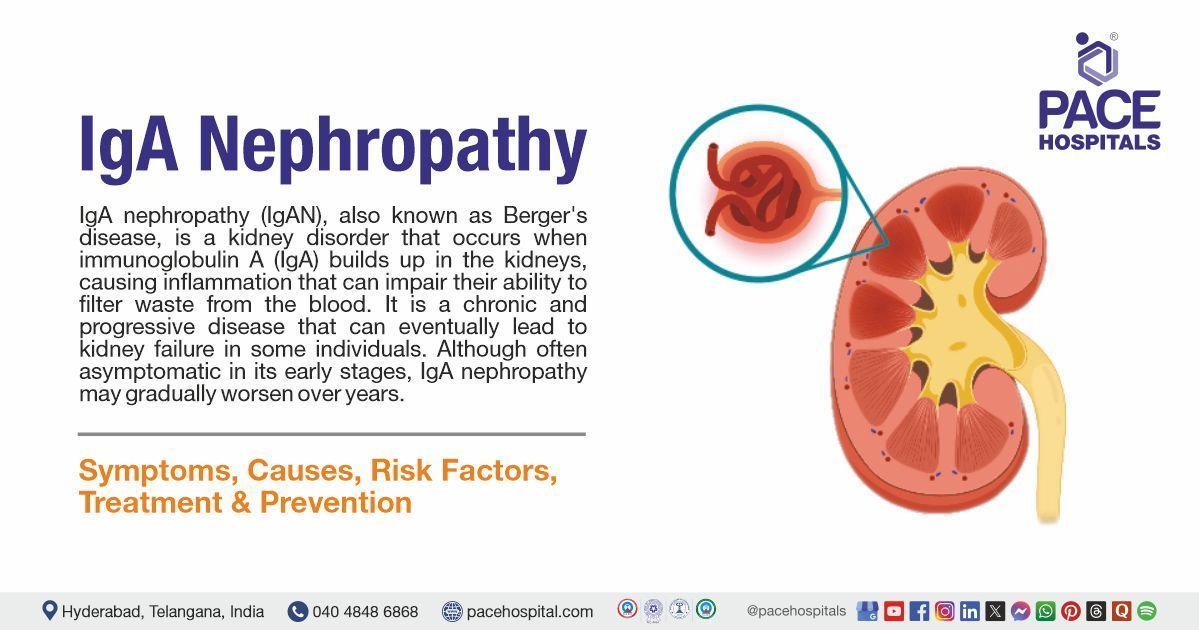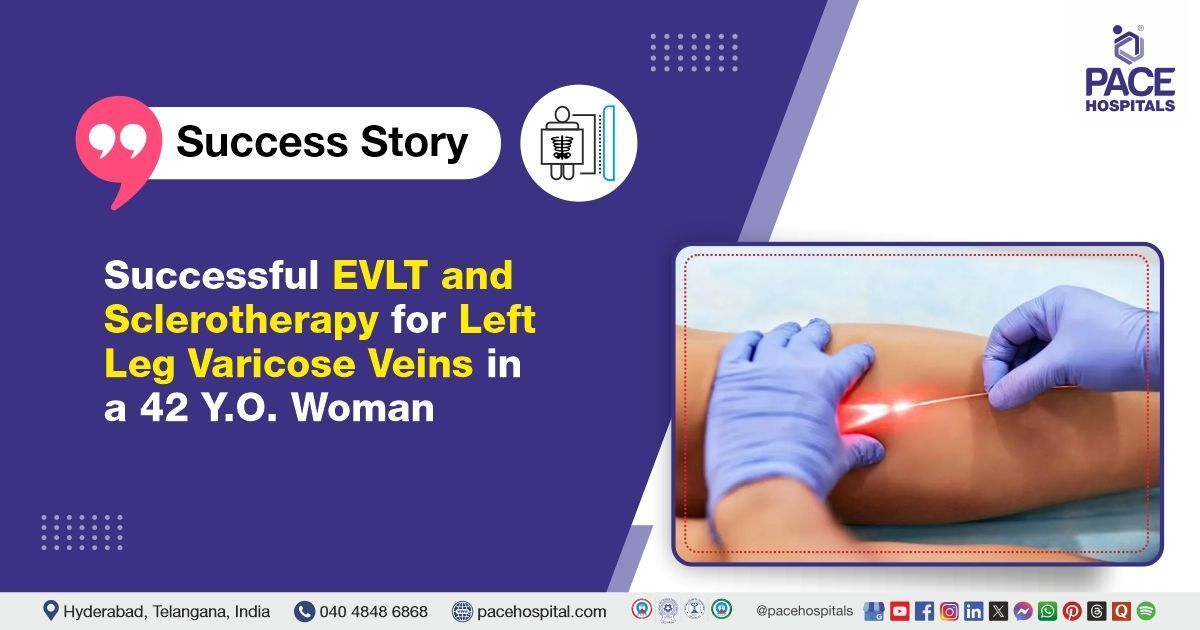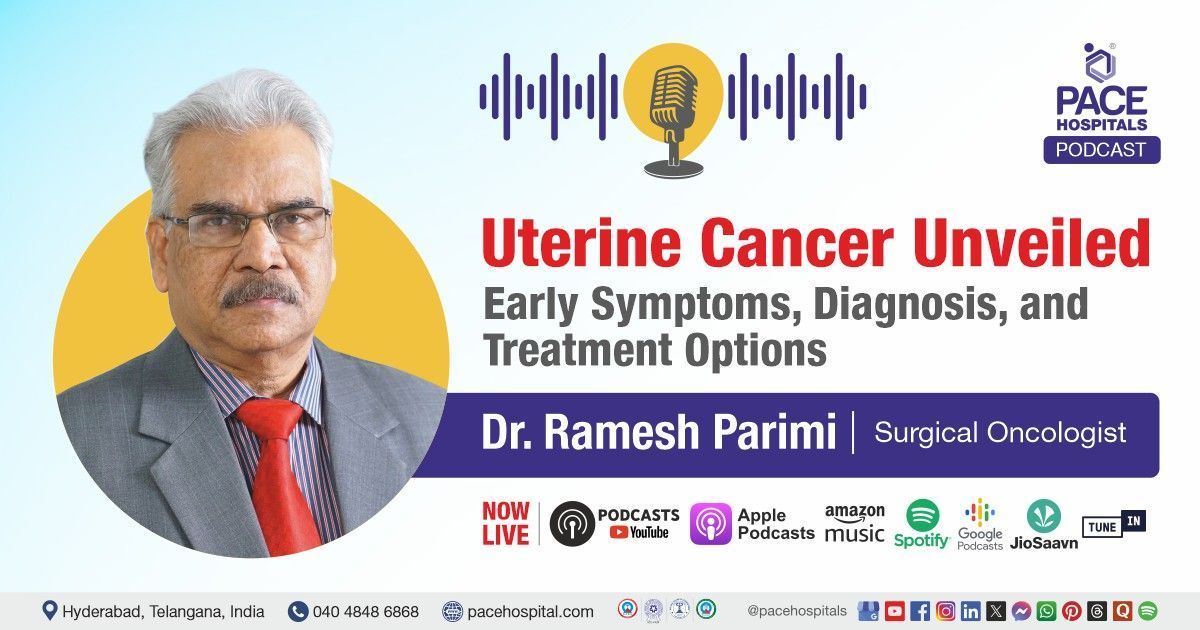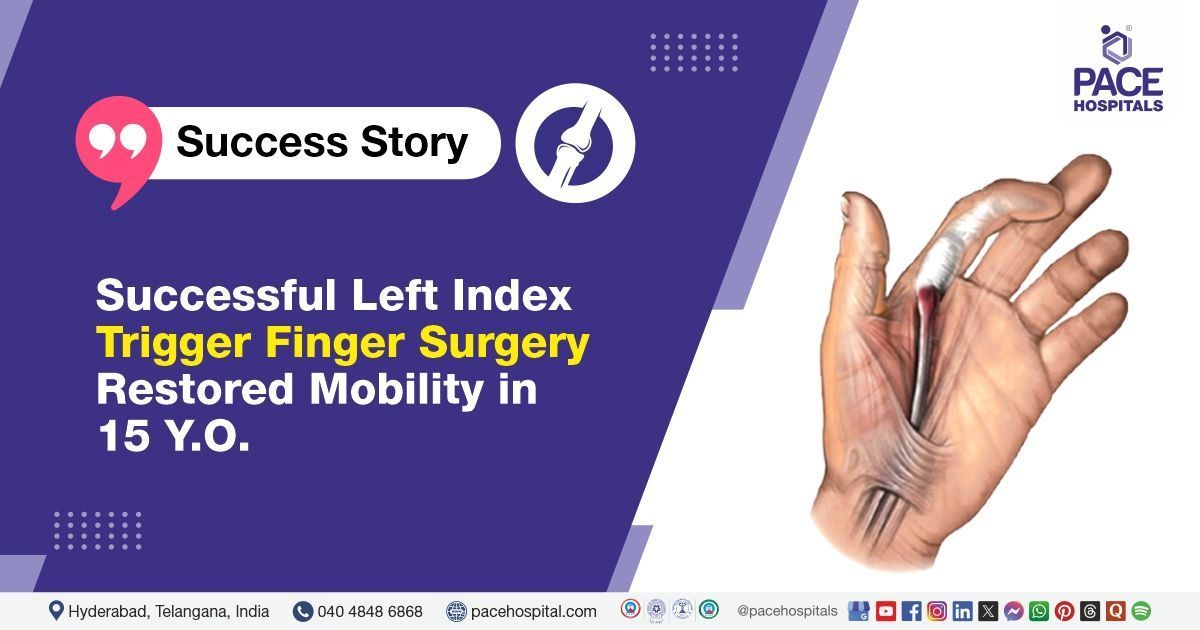Minimally Invasive eTEP-RS Procedure for Incisional Hernia and Recti Repair in an Elderly Patient
PACE Hospitals’ Expert Surgical Gastroenterology team successfully performed a Laparoscopic Extended totally extraperitoneal Rives-Stoppa (eTEP-RS) procedure and the repair of a divarication of recti for a 67-year-old female patient suffering from an incisional hernia with divarication of recti.
Chief Complaints
A 67-year-old female patient presented to the
PACE Hospitals, Hitech City, Hyderabad with complaints of localized abdominal distention in the suprapubic region for the past six months, which had been gradually increasing in size. This was associated with abdominal pain, but there was no weight loss, and the patient's appetite remained normal.
Medical History
Delving further, it was understood that the patient underwent a
laparoscopic cholecystectomy in 2022 for chronic cholecystitis.
Diagnosis
Upon arrival at PACE Hospitals, the patient's vital signs were within normal limits. After a thorough physical examination, the doctors identified pain in the localised abdominal distention in the suprapubic region, and diagnostic tests, including Contrast-Enhanced Computed Tomography (CECT) of abdomen and pelvis, confirmed an incisional hernia with divarication of recti.
Incisional hernia with divarication of the recti is a condition that involves weakening of the abdominal wall at the location of a previous surgical incision, which causes abdominal contents to protrude. This medical condition is characterised by the separation of the two rectus abdominis muscles along the midline, causing pain, discomfort, and noticeable abdominal distention. This condition may require surgical intervention to repair the hernia and restore the integrity and function of the abdominal muscles.
Medical Decision Making (MDM)
After consulting with the interventional gastroenterologist, Dr. Govind R. Verma, along with the consultant gastroenterologist, Dr. M Sudhir, and medical gastroenterologist, Dr. Padma Priya, a comprehensive evaluation was conducted to determine the appropriate course of treatment for the patient. Their collective expertise led to the conclusion that a Laparoscopic Extended Totally Extraperitoneal Rives-Stoppa (eTEP-RS), along with the repair of the divarication of recti, would be the most appropriate treatment for incisional hernia with divarication of recti.
Surgical procedure
The eTEP-RS procedure is a minimally invasive approach for addressing ventral hernias and abdominal wall laxity. It involved closing a suprapubic defect, correcting diastasis recti, and using a large piece of mesh (27x20 cm Prolene) to strengthen the abdominal wall and prevent hernia recurrences. Additionally, the rectus abdominis muscles were surgically repaired by suturing them together to resolve the separation.
Postoperative Care
The patient's intraoperative and postoperative recovery was successful. During the hospital stay patient was managed with intravenous (IV) antibiotics, subcutaneous(s/c) anticoagulant, and intravenous proton pump inhibitors (PPI). She experienced no significant complications and was stable at the time of discharge.
Dietary advice
During discharge, the patient was recommended a high-protein diet.
Discharge Medications
The discharge medications included antibiotics to prevent infections, analgesics to manage pain, proton pump inhibitors (PPIs) to prevent gastric irritation, and a laxative to relieve constipation. These medications were aimed at facilitating recovery and preventing complications.
Discharge Instructions
The patient was instructed to report immediately to the Emergency ward in case of fever, severe abdominal pain, or vomiting, as these could indicate complications.
Review Notes
The patient was advised to get a review done after 7 days with Dr Govind Verma in the OPD with a prior appointment.
Laparoscopic ETEP-RS: A Minimally Invasive Solution for Ventral Hernias and Diastasis Recti
The Laparoscopic Extended totally extraperitoneal Rives-Stoppa (eTEP-RS) surgery is a minimally invasive procedure for effectively treating ventral hernias and related abdominal wall laxity, especially in cases of diastasis recti. This method enables the exact placement of a large polypropylene mesh in the retromuscular region, reinforcing the abdominal wall and reducing recurrence rates. During the surgery, the hernia is closed, and the divided rectus abdominis muscles are sutured together to restore anatomical integrity. Studies have demonstrated that this procedure not only improves surgical outcomes but also boosts patient recovery by reducing postoperative discomfort and hospital stays when compared to typical open repair methods.
Share on
Request an appointment
Fill in the appointment form or call us instantly to book a confirmed appointment with our super specialist at 04048486868

